I’m sharing how to make plain bread as well as an herbed version!
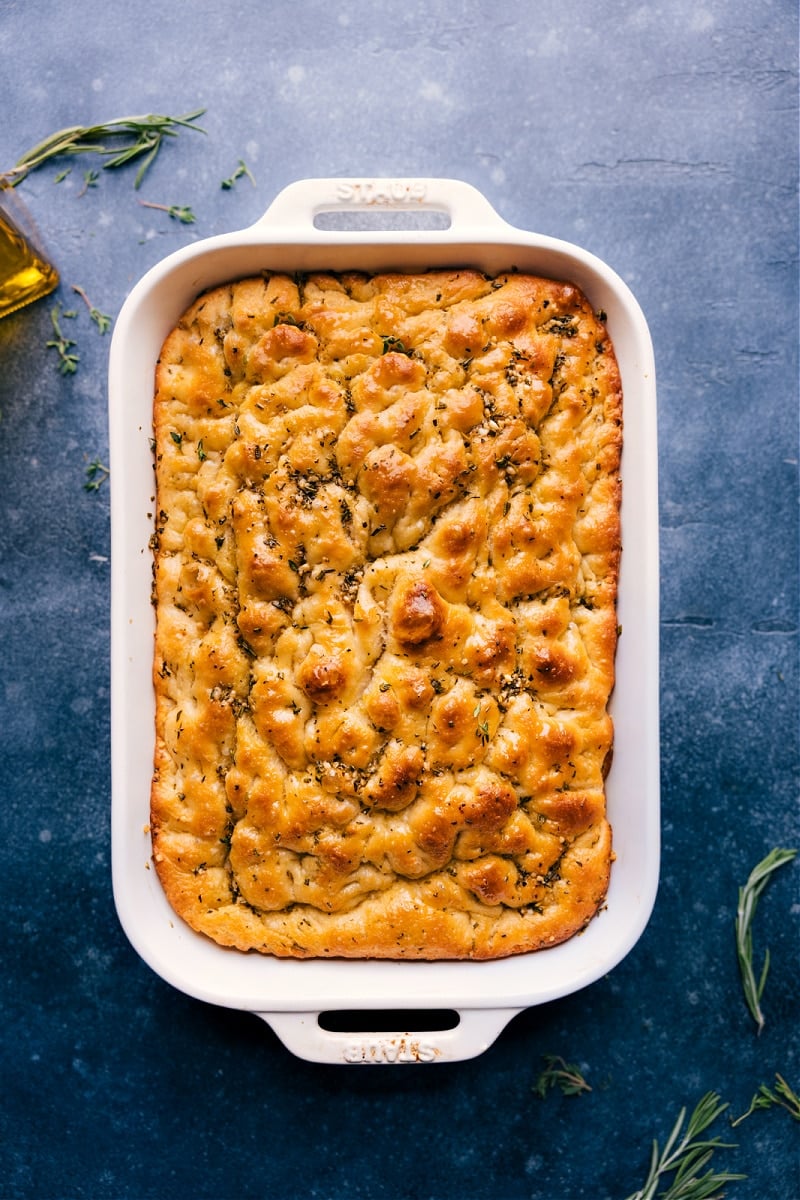
Focaccia Recipe
This Italian flatbread is my absolute favorite. The olive oil richness, the garlic and herbs’ smell, the salty crisp top, and the soft, chewy inside—it’s all so good!
This focaccia recipe is also super easy to make! No stand mixer, bread maker, or kneading needed. You don’t need any special tools, and the ingredients and steps are simple.
Most of the recipe is hands-off. This fluffy focaccia is inspired by Sarah Jampel’s recipe shared on Bon Appetit’s website. It’s gone viral for being easy and so tasty. So I’m sharing my adaptations along with my tips and tricks after making this bread an embarrassing amount of times. Thanks, Sarah!
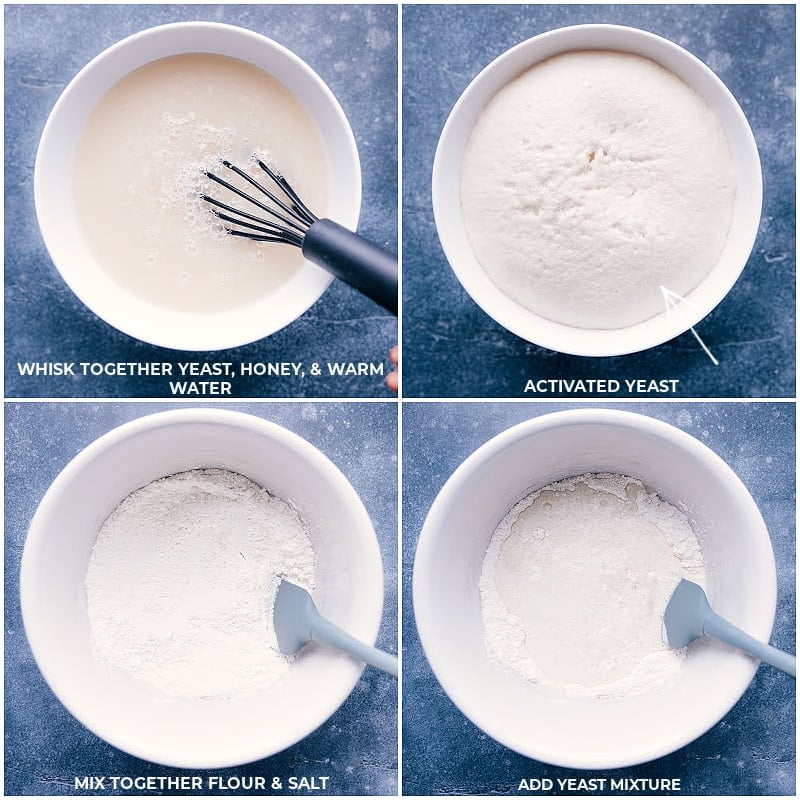
Focaccia Ingredients
- Olive oil: The better the oil, the richer the flavor. I recommend a good extra virgin olive oil.
- Warm water: This helps create the perfect environment for the yeast.
- Yeast: This makes the dough rise and expand.
- Flour: This recipe keeps it simple with plain, all-purpose flour.
- Honey: It feeds the yeast, helping it grow.
- Salt: It adds flavor and is key for the bread’s texture. Without it, the bread will taste bland and won’t rise properly.
- Butter: It gives the bread a great flavor and greases the pan to keep it from sticking.
Quick Tip
Check the water temp by dropping a few drops on your wrist. If it feels warm, it’s perfect. Too hot? The yeast won’t activate. Too cool? Same result.
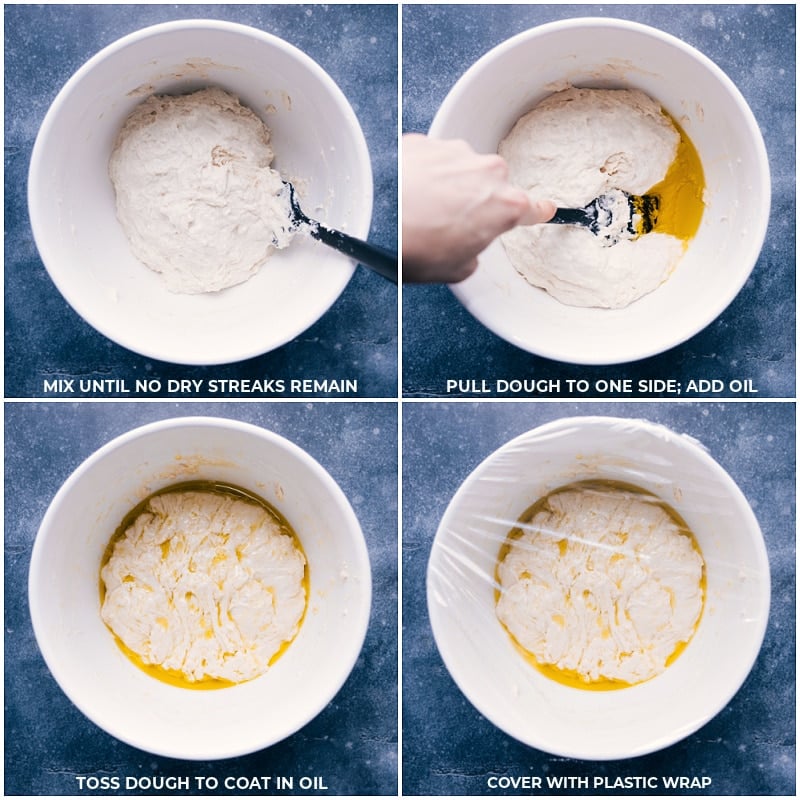
All About Yeast
Proofing yeast tells us if it’s still alive and active.
It’s helpful to make sure the yeast activates before moving forward. If it doesn’t, the focaccia won’t rise properly. Better to catch that early!
Activated yeast will foam and look creamy.
Why didn’t it activate? The yeast might be old, the water too hot, or the environment too cold. If it’s too cold, the yeast can release a substance that affects gluten formation.
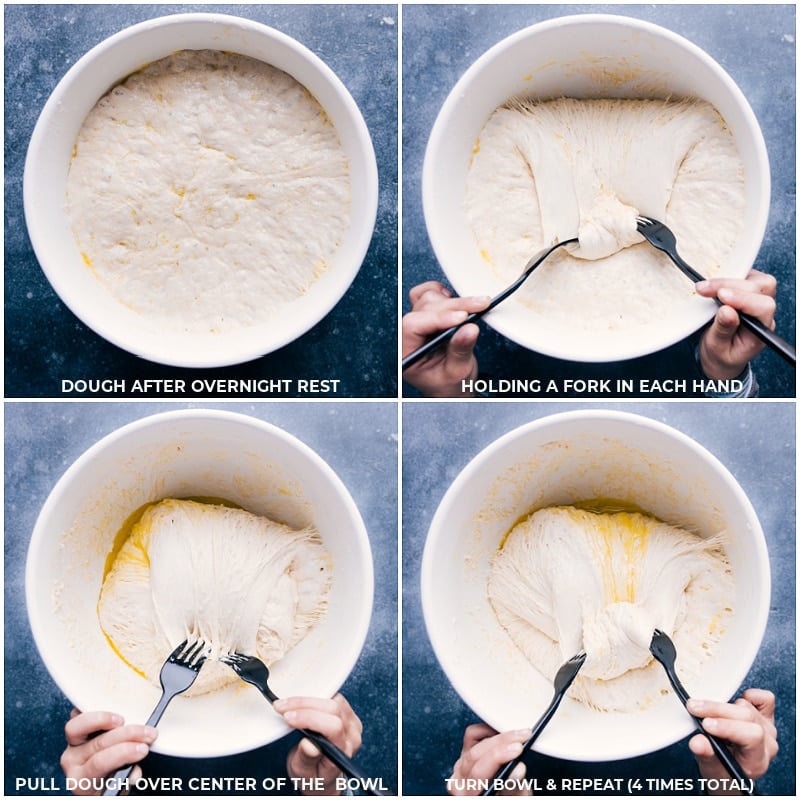
How To Make Focaccia (Tips)
Here are a few quick tips for making the best Focaccia:
- Refrigerate dough: Chilling slows fermentation and deepens the flavor, making the bread even tastier.
- Grease pan generously: Use cooking spray, butter, and olive oil to prevent sticking and add extra crispiness and flavor to the base.
- No kneading: This dough is wet and doesn’t need kneading. Handle it as little as possible.
- Butter on top: Brushing butter softens the crispy top, so only do it right before eating.
Focaccia Toppings
Focaccia is famous for its herb and olive oil seasoning. I’ve included two versions: a simple, classic bread and one with a delicious herb blend. Here’s my favorite blend:
- Olive oil
- Fresh thyme
- Fresh rosemary
- Cracked black pepper
- Minced garlic
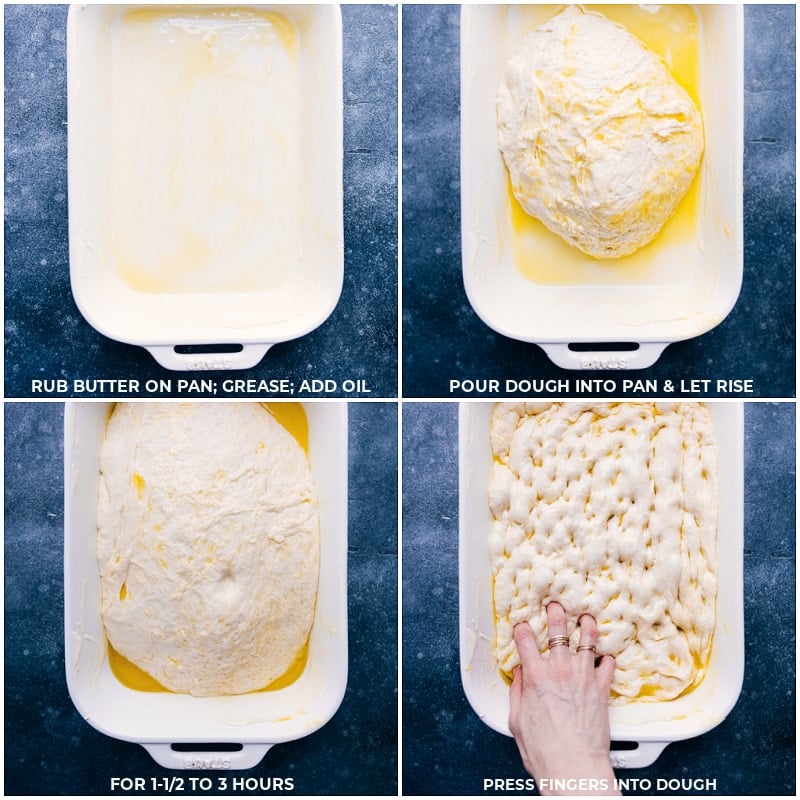
Focaccia FAQs
Definitely! You can add sliced olives, cherry tomatoes, onions, or cheese on top before baking for extra flavor.
All-purpose flour works great, but bread flour can be used for a chewier texture.
Yes, but use less dried herbs since they’re more concentrated. About 1 teaspoon of dried herbs replaces 1 tablespoon of fresh.
This could be from overworking the dough or not letting it rise long enough. Be gentle and give the dough time to proof.
Storage
Focaccia is best when eaten the same day it’s made—it’s amazing fresh from the oven!
Store sliced bread in plastic wrap and a freezer-safe bag or container. It freezes well for up to 3 months, but won’t last long at room temp.
To reheat, just place the unwrapped slices on a baking sheet and warm them in a 300°F (150°C) oven.
More Italian-Style Recipes:
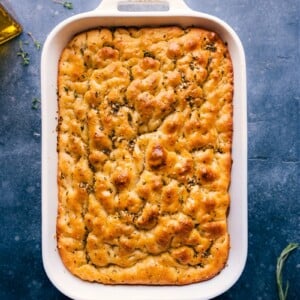
Focaccia
Equipment
- 9 x 13-inch baking pan or 13×18-inch pan, see note 1
Ingredients
- 6 tablespoons olive oil divided
- 2-1/2 cups water warm (110℉)
- 2-1/4 teaspoons instant yeast or active dry yeast
- 1 tablespoon honey
- 5 cups all-purpose flour
- 1 tablespoon salt
- 3 tablespoons unsalted butter divided
- Flaky sea salt for topping bread, optional
- 2 teaspoons minced garlic
- 1 tablespoon chopped fresh thyme or 1 teaspoon dried
- 1 tablespoon chopped fresh rosemary or 1 teaspoon dried
- 1/4 teaspoon pepper
Instructions
- Tip: It might be helpful to watch the tutorial video before starting.Whisk the yeast, honey, and warm water in a medium bowl. Let sit for 5 minutes until creamy/foamy.
- Optional Herbed Oil: Skip this step for plain focaccia. For herbed focaccia, heat 6 tbsp olive oil, minced garlic, thyme, rosemary, and pepper on low for 5–10 minutes or until very fragrant. Set aside to fully cool before using.
- In a large bowl, mix the flour and salt. Add the yeast mixture and stir until a shaggy dough forms. Use a spatula to press the dough to one side of the bowl and pour in 4 tbsp plain (or cooled herbed) olive oil.Using both your hands, pick up all the dough (it’s very sticky and wet!) and turn it around twice to fully coat in oil.
- Cover the dough with plastic wrap and chill in the fridge for 8–24 hours. (See note 3 to bake sooner.) Dough should be bubbly and wobbly in the morning.
- See note 1. Grease the pan by rubbing 1 tbsp softened butter all over, then lightly spray with cooking spray. Drizzle 1 tbsp herbed or plain oil, smoothing it evenly across bottom of pan.
- Remove dough from the fridge. Using 2 forks, gather up the dough farthest from you and lift it up and over the center of the bowl. Give the bowl a quarter turn and repeat the process. Repeat 2 more times (4 total folds). Gently let the dough slide from bowl into prepared pan. Let it rise (uncovered) in a warm spot for 1.5–3 hours.You’ll know the dough is ready when if poked, it springs back slowly, leaving an indentation (if it springs back quickly, it isn’t quite ready).
- Preheat oven to 450°F (230°C). Lightly oil your hands with 1 teaspoon oil and press/stretch the dough to fill the pan. Dimple the focaccia with your fingers (pretend you’re aggressively playing the piano!). For plain focaccia, drizzle 1 more tablespoon olive oil over bread. Bake for 20–30 minutes (13×18-inch pan) or 25–35 minutes (9×13-inch pan) or until puffed and deeply golden brown all over. Remove from oven and let stand for 10–15 minutes (steam is still cooking bread). For herbed focaccia, brush with remaining 1 tablespoon herbed oil after baking.
- For plain focaccia: right before serving, melt remaining 2 tbsp butter and use a pastry brush to brush over bread. Sprinkle with sea salt if desired. Cut into squares and enjoy warm. For sandwiches, slice each square in half.
Video
Recipe Notes
Nutrition
Nutrition information is automatically calculated, so should only be used as an approximation.
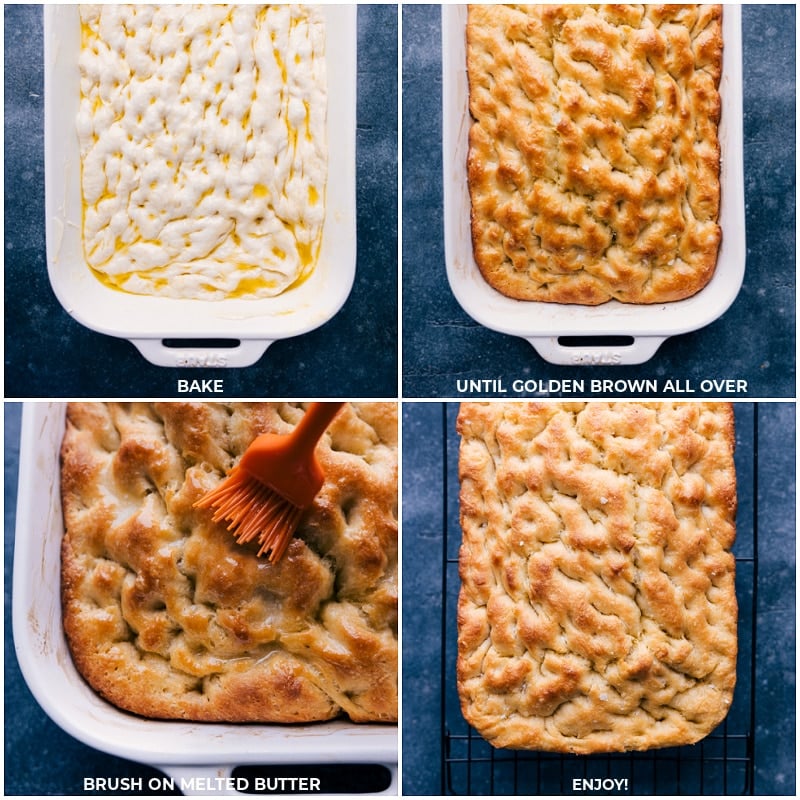
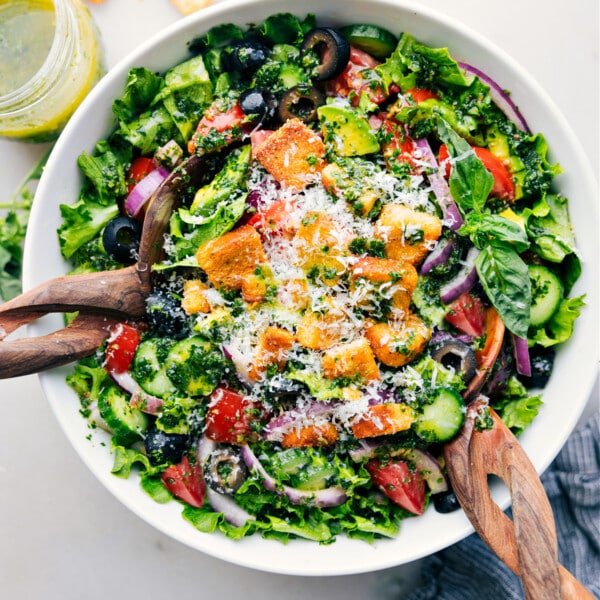
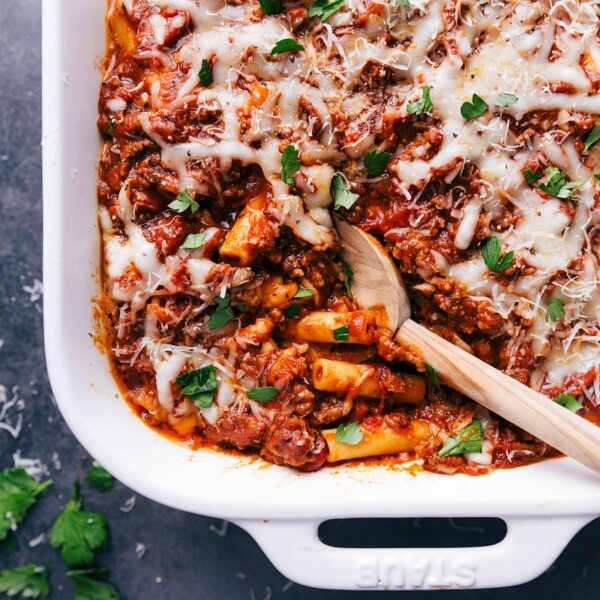
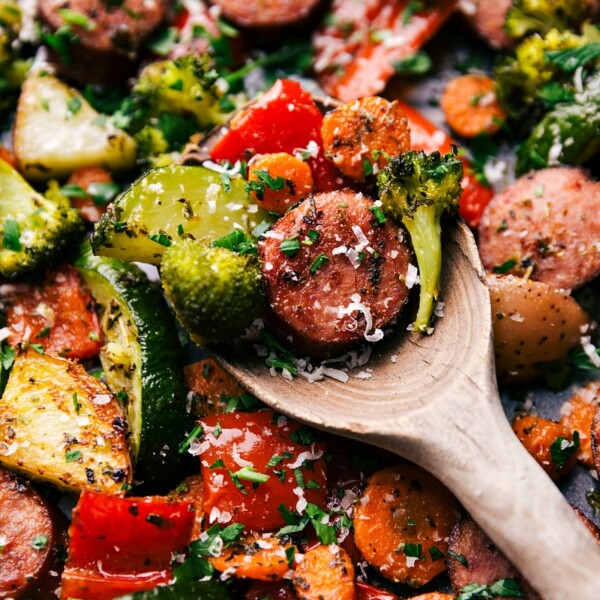
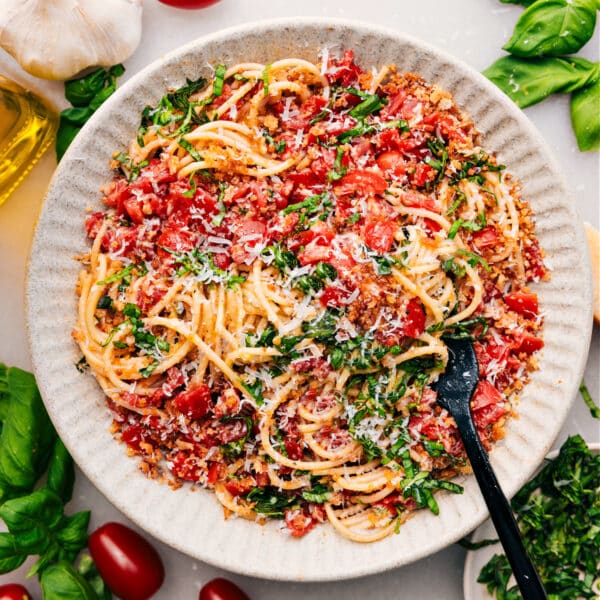
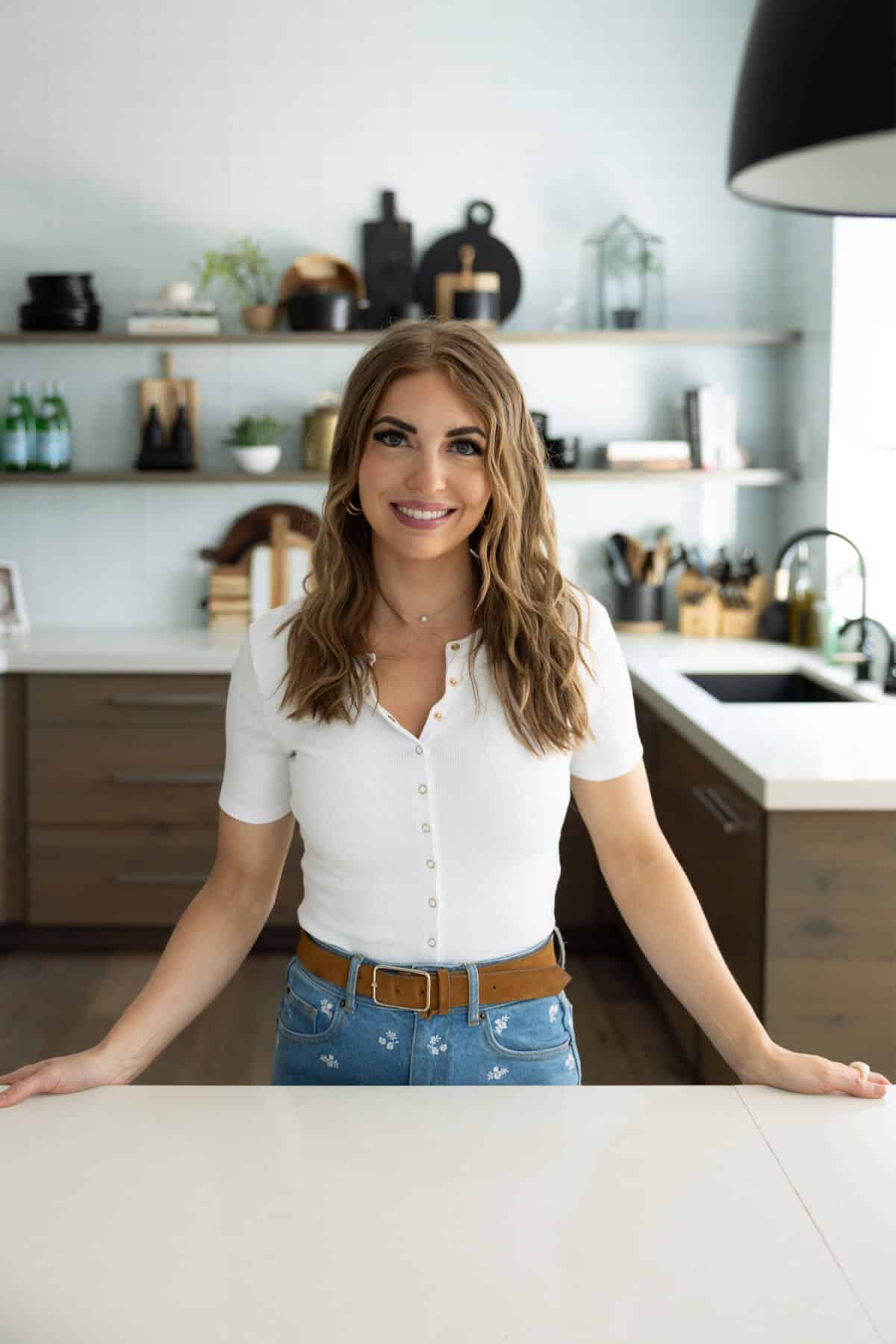

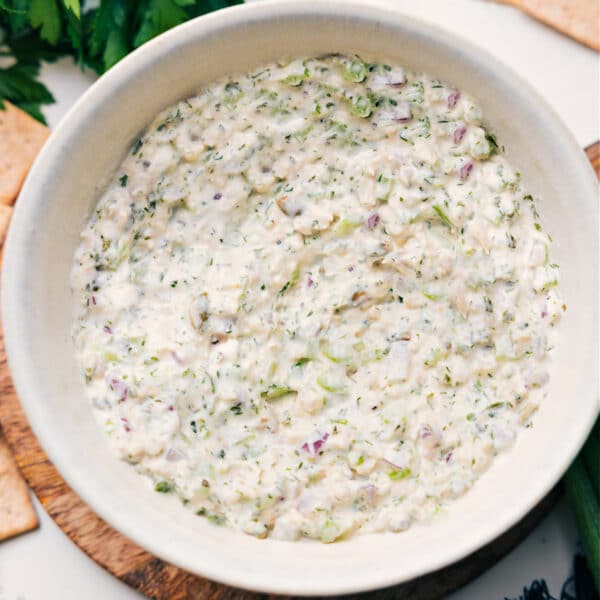
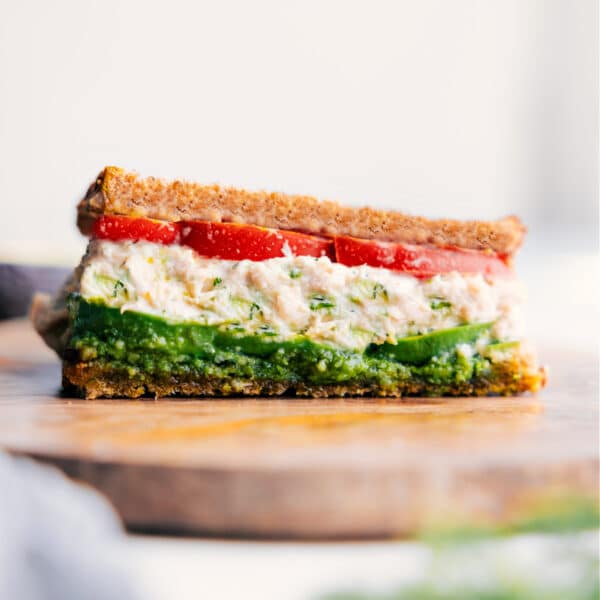
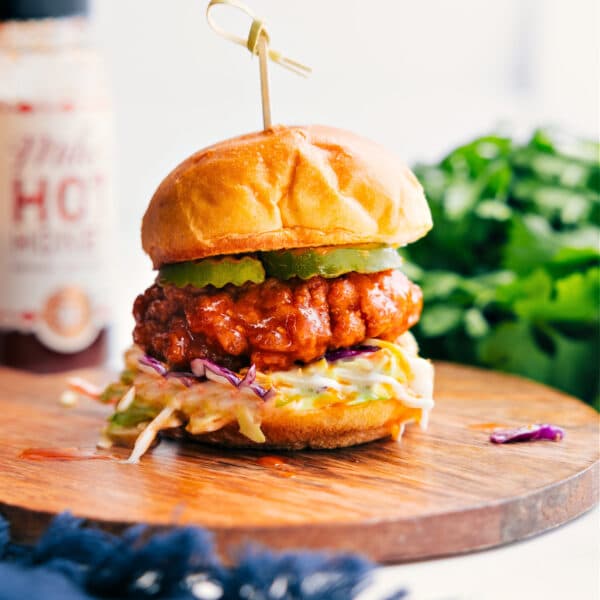
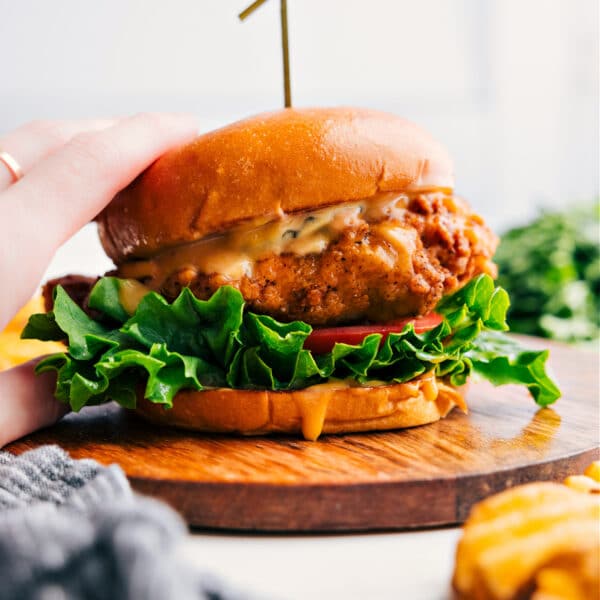









I made this no-knead focaccia recipe yesterday, and it turned out amazing! The crispy edges and soft interior were just perfect. I added rosemary and sea salt on top, and it was a huge hit at dinner. Thank you for such an easy and delicious recipe! Can’t wait to try different toppings next time!
Yay! So excited to hear this! Thanks JJ!
I just tried your no-knead focaccia recipe, and it turned out amazing! The texture was perfect, and the garlic olive oil topping added such a wonderful flavor. Thank you for making bread-making so accessible and fun!
I am so happy to hear this Focaccia was a hit! Thanks so much!
I just tried this no-knead focaccia recipe and it turned out incredible! The texture was so fluffy, and the flavors really popped with the herbs. I can’t believe how easy it was to make. Thank you for sharing such a delightful recipe!
So thrilled you enjoyed it! Thanks for your comment!
I have never made focaccia before but we made this yesterday and it was a big hit! It was not difficult or time consuming. I watched the video with the instructions, and it made it very easy to understand how to do it. We will be making this again! Thanks for another great recipe!!
I am seriously so thrilled to hear this! Thanks Karen! 🙂
cant wait to make this soon for me can i use vegan butter i love focaccia sooooooooooo much perfect for my after office snacks love your recipes as always brightens up my day everyday after work
You are so kind Ramya! I’m so excited for you to try! Thanks Ramya! 🙂